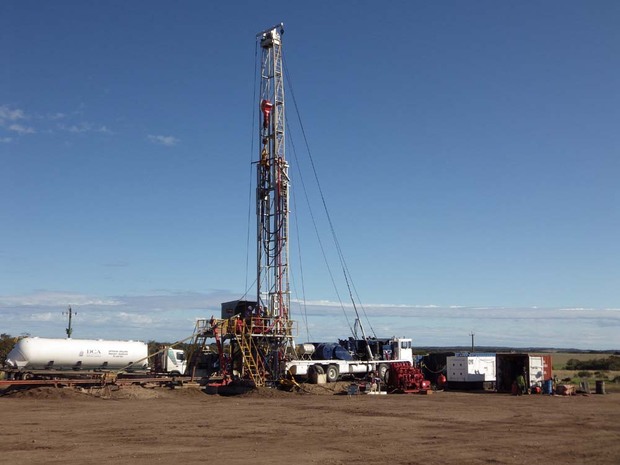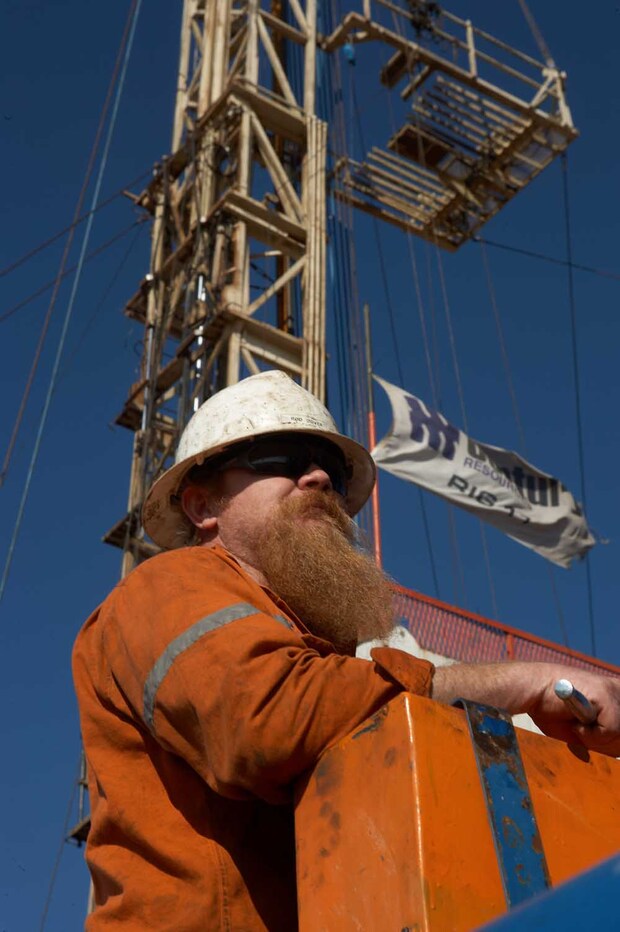All drilling operations are regulated. Before title holders can conduct any work on a well (either petroleum or geothermal) including drilling, workovers, production or plugging and abandonment, an application must be submitted to the Department of Mines, Industry Regulation and Safety (DMIRS). The department considers applications formally submitted on the date all required information is received. The provision of required documentation will enable the department to provide a better level of service. If sufficient detail is not provided, it may be returned with a request to re-submit.
To allow for timely approval and consideration of factors such as environmental assessment and land access issues, it is recommended applications are submitted three months prior to commencement of operations.
State (onshore and offshore) applications for Drilling a well can be made through online lodgement via the Petroleum and Geothermal Register (PGR).
Planning
Well Management Plan
All petroleum and geothermal drilling operations are regulated. The new Resource Management Regulations have introduced the requirement of a Well Management Plan for wells covered under the Petroleum and Geothermal Energy Act 1967. For wells existing at the time the Regulations come into force, Well Management Plans will include a program covering the current activity on that well, which will detail the actual operational steps occurring. For a new well, Well Management Plans will include the drilling program, detailing the proposed operational steps. It should be noted that a generic Well Management Plan, which covers multiple wells in a field and analyses the risks therein, may be submitted.
Before title holders can conduct any work on a well, including drilling, workovers, fraccing (fracturing), production or decommissioning, a Well Management Plan must be in place before the activity begins.
The objective of a these plans is to ensure the well is designed and managed in accordance with sound engineering principles and industry best practice, including identification of risks.
Drilling

An Application to Drill must be submitted to the Resource and Environmental Compliance Division (REC) for approval. DMIRS authorises approval to drill and may put conditions on the approval. During drilling operations the department will require the title holder to:
- conduct baseline monitoring of aquifers in new areas
- monitor and verify cementing operations (logging)
- conduct real time monitoring of pressures and drilling fluids during operations, which are reported to DMIRS daily
- review mirco-seismic monitoring of stimulated wells, where applicable
- submit daily drilling reports, and
- submit well completion reports, one the well has been drilled.
REC reviews an operator's internal audits of operations and systems to ensure they are properly applied, monitors daily drilling and geological reports and audits field activities, and can provide consultation and approvals at key points during drilling of a well.
REC reviews and approves all completion, production, suspension or decommissioning programs upon conclusion of drilling operations.
Find out more about Planning – Well Management Plans (page 108).
Production

Discovery
Upon discovery of petroleum, registered holders must provide details of the discovery to the department. An application for a Declaration of Location must identify the block or blocks that cover the discovery area. This application should quote the Exploration Permit/Drilling Reservation number as a reference and be accompanied by:
- an A4 plan showing the outline of the pool or pools nominated in relation to the blocks comprising the permit/drilling reservation
- digitally mapped ArcGIS shapefile showing the outline of the pool or pools nominated in relation to the proposed blocks
- a geotechnical report with petrophysical data on the pool(s) to be included in the location
- structural maps of key horizons and cross sections through the pool(s)
- details concerning recovery of petroleum from the pool(s) nominated.
The department assesses the application for a Declaration of Location and approves the blocks. A Declaration of Location is made over the discovery and the registered holder(s) may then undertake further exploration and/or appraisal activities within the Location to determine more accurately the nature of the discovery. The registered holder(s) has two years after the Declaration of Location in which to apply for either a Retention Lease or Production Licence. This period may be extended for a further two years at the discretion of the Minister. Within this period the registered holder(s) selects from this ‘Location’ the blocks to be included in a Production Licence or Retention Lease.
Field management
The schedule of onshore petroleum exploration and production requirements stipulates reservoir management plans must be approved before a completion is brought into production.
Under the new regulations, prior to developing an oilfield or gasfield, the registered holder(s) will be required to submit a Field Management Plan (FMP) for assessment by the Petroleum Division. Read more about Production – Field Management (page 109).
Decommissioning
Well decommissioning
When a well is to be decommissioned, the department requires the registered holder(s) to:
- submit an activity program detailing the decommissioning procedure for each well and showing pre and post-decommissioning schematics
- justify that the well is no longer economical to produce
- provide a descriptive procedure on decommissioning of the well(s), including removal of the wellhead(s) and rejuvenation of the site.
Field decommissioning
If the field is being decommissioned, registered holder(s) must submit a field decommissioning plan as part of the Field Management Plan. This needs to detail the decommissioning procedure and a description of the decommissioning of the wells, including removal of the wellheads. It should also cover the removal of surface facilities and environmental rehabilitation for the field.
As with all oilfield operations, approval is given if it is demonstrated that the program is in accordance with good oilfield practice, standards and codes.
